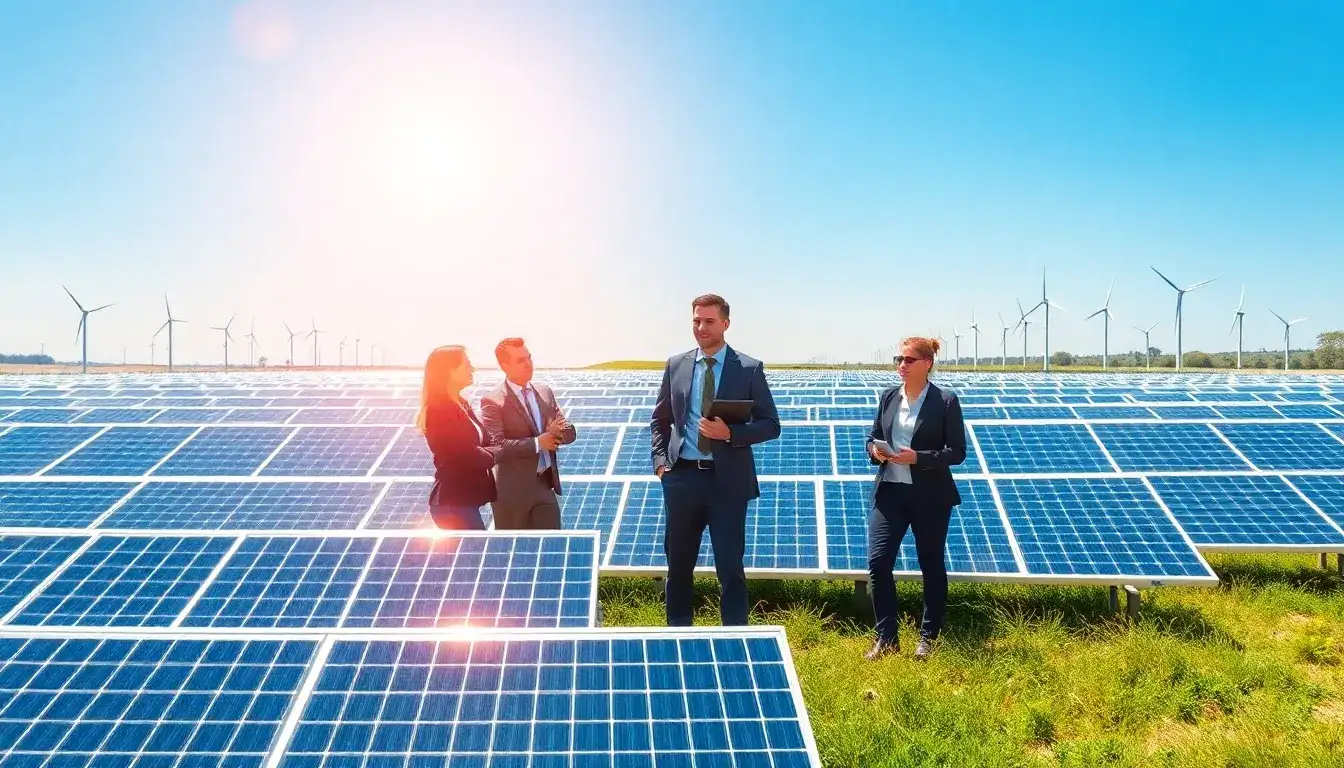
Photovoltaic Installation Rush
The Photovoltaic Installation Rush is a significant trend currently dominating the solar energy sector. This phenomenon has prompted increased activity, particularly in the distributed solar project space, as stakeholders aim to maximize benefits before upcoming regulatory changes.
As of April 3, 2025, the demand side within China is witnessing a continuation of this rush, especially with critical deadlines approaching on April 30 and May 31. The U.S. government has also introduced new tariffs on April 2, which adds further complexity to the dynamics affecting solar products in the American market.
Recent forecasts suggest that the entire photovoltaic industry chain could experience a price surge in the second quarter of 2025 due to the ongoing installation rush fueled by China’s policy announcements regarding solar power rates. If photovoltaic projects are connected to the grid after May 31, they will no longer benefit from fixed purchase prices, shifting instead to market-driven pricing, which is further driving the rush.
From the perspective of supply and demand, photovoltaic glass prices have seen an increase this week, with 2.0mm coated glass priced at 13.5 yuan/m² and 3.2mm coated glass at 22.5 yuan/m². This trend highlights the overall upward movement in the solar glass market.
Moreover, the growing complexity of solar plant operations has become apparent, as the installation rush has led to operational challenges that threaten the sustainable growth of the industry. By the end of 2024, cumulative installed capacity for distributed solar power is projected to reach 370 million kilowatts, marking a significant increase from 2013.
In early 2025, the release of two major policies—Management Regulations for Distributed Solar Development and a notice on the market-oriented reform of renewable energy pricing—signals the beginning of a new era for solar power in China, where quantity and price guarantees are no longer assured.
As the race to complete installations before the deadlines intensifies, many developers and investors are accelerating their project timelines to lock in favorable conditions, reminiscent of previous installation rushes in the industry.
Looking ahead, analysts anticipate that as demand stabilizes post-rush, photovoltaic component prices may face downward pressure, similar to the rapid price declines witnessed following earlier installation surges.
In summary, the current photovoltaic installation rush reflects a combination of regulatory pressures, market dynamics, and the urgent need for stakeholders to adapt to shifting economic conditions. As the sector evolves, understanding these trends will be crucial for industry participants.







